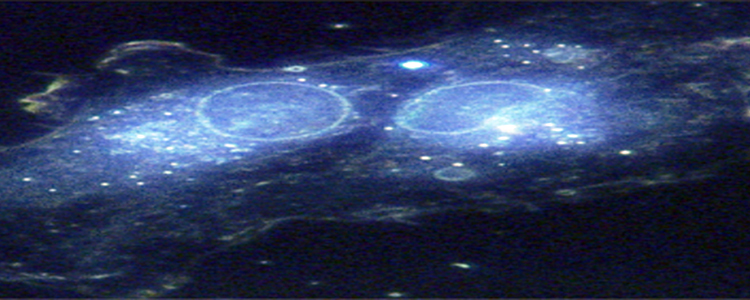Basic Science

Tumor invasion, progression and dissemination are modulated by a dynamic reciprocity of host cells and stromal components. The outcome of this interaction can be variable, and depends on the balance of growth stimulators and inhibitors, which is, under normal conditions, maintained by a wide number of inflammatory cells and stromal elements. Platelets, which represent the first response to tissue injury, in both normal and pathologic conditions, provide the initiating chemotactic stimuli for inflammatory and stem cell recruitment. The formation of a platelet clot provides a new, growth factor-rich tissue matrix with the ability release growth stimulators or inhibitors in spatially and temporally controlled manner.
The recognition of platelet role in tumor growth was informed on recent discoveries. Using an open‐ended proteomic comparison of platelets from tumor‐bearing and non-tumor‐bearing animals, we had found that the majority of proteins differentially expressed in platelets of tumor‐bearing mice vs normal controls were angiogenesis regulators. We documented that the induction of platelets sequestration of angiogenesis regulators such as Vascular Endothelial Growth Factor (VEGF), basic Fibroblast Growth Factor (bFGF), Platelet Derived Growth Factor (PDGF), Platelet Factor 4 (PF4), and endostatin (ES) among others occurs very early and tumors as small as 1 mm3 can induce platelets to actively take up angiogenesis regulatory proteins. The uptake of angiogenesis regulatory proteins was highly selective, as platelets did not take up other non‐angiogenic proteins, even those that were very abundant in plasma.
We have shown that the ability of platelets to sequester, transport, and sequentially release angiogenesis regulators in tissues, is an important determinant of tumor growth, and can be used for the detection of early cancer.
View/Download relevant document
Platelet content of angiogenesis regulators can determine the timing and velocity of the angiogenic switch and escape from dormancy creating the potential that at some not so distant future we may be able to maintain tumor dormancy for a full lifespan.
